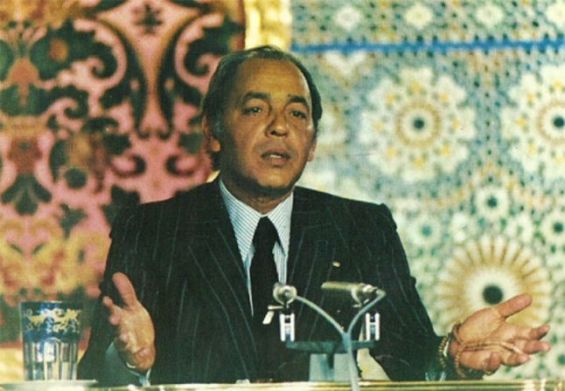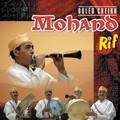On the 16th of October, 1975, King Hassan II announced in a speech aired on national TV the organization of a Green March to gain the disputed, autonomous semi-metropolitan province known back then as the «Spanish Sahara» and which was controlled by Spain. The March which knew the demonstration of 350,000 Moroccans and 20,000 troops has certainly marked the reign of the late King and put an end to a political contest performed by the monarchy. It was also a turning point for the opposition in the Kingdom after the two coups d’état attempts in the 60s and 70s.
After the Green March, opposition took a different form in Morocco. During the 80s and 90s opposition movements have covered limited areas and focused on social and economic issues. In other words, they were too weak and spontaneous to shake the regime and did not receive any financial support from other political parties or coalitions. In fact, even political parties that were strong before the famous March, decided to accept the rules of the game initiated by the sovereign.
Bouabid and the UNFP breakup
The Green March’s speech was preceded by a change that targeted the main coalition belonging to the opposition. On the 15th of September 1975, the National Union of Political Forces (UNFP), founded in 1959 by Mehdi Ben Barka and his entourage after finding that the Istiqlal Party was not radical enough, headed by Abderrahim Bouabid, broke up with the movement led by Abdallah Ibrahim creating USFP, the Socialist Union of Popular Forces.
 Abderrahim Bouabid, a distinguished figure of opposition in Morocco./Ph. DR
Abderrahim Bouabid, a distinguished figure of opposition in Morocco./Ph. DR
During the month preceding the October the 16th speech, Bouadib had visited a range of countries that belonged to the Non-Aligned Movement (NAM) and the United Nations to plead for the Sahara’s conflict. The palace was in great need of figures like Bouabid who had a strong personality and a valuable network to defend Morocco abroad. The mission was deemed successful as the International Court of Justice (ICJ) issued a verdict on the 16th of October 1975, stating that there were historical and legal ties of allegiance between «some, but only some» Sahrawi tribes and the Sultan of Morocco.
Committed to the Sahara conflict, political parties in Morocco distanced themselves from the armed campaign advocated by UNFP leaders exiled in Algeria, Libya and France to overthrow the regime.
The Istiqlal party and Hassan II finally in good terms
The Green March was one of the reasons that brought King Hassan II and the Istiqlal party’s leaders together. The relation between the two parts had deteriorated when Morocco recognized the State of Mauritania in September 1969. A decision that was strongly denounced and highly criticized by the Independence Party through a number of articles published on Al Alam and L’Opinion.
As a result, the Istiqlal was there to applaud all the initiatives set to gain Western Sahara. The party is still advocating for Morocco’s sovereignty over the Eastern Sahara controlled by Algeria, Ceuta and Melilla the two islands occupied by Spain.
The Green March has allowed Morocco to reconnect with the rules of democracy. On the 12th of November 1976, communal elections were held after 13 years of suspension. Eight months later, on June the 3rd 1977, legislative elections took place and the opposing parties, Istiqlal and USFP, part of the process.





 chargement...
chargement...













